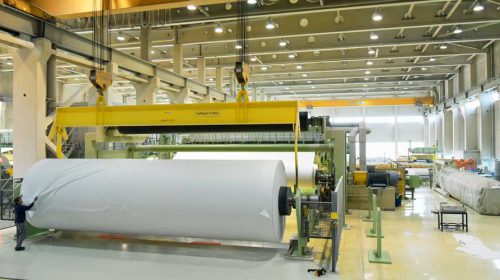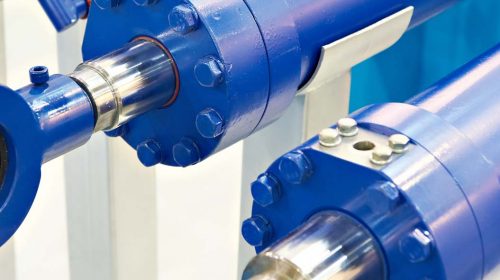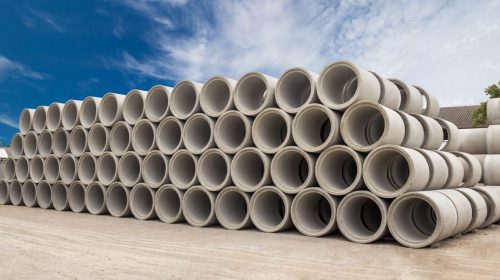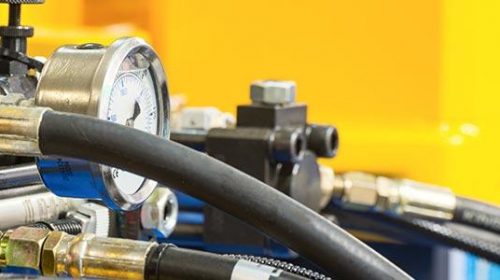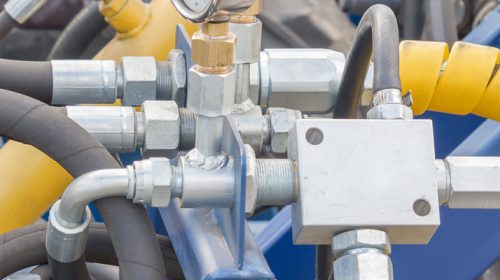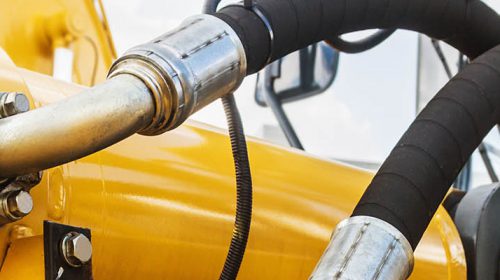Ester oils are used as base oils in many applications because of their readily biodegradability and specific characteristics. When applying aster oils, you should carefully consider the specifications and benefits of the different ester oil types.
In addition to hydrocarbons, carboxylic acid esters are used as base liquids. They can be divided into two groups: synthetic and natural (vegetable oils, animal fats).
Natural ester oils vs. synthetic ester oils
Ester oils have a very low evaporation tendency, even lower than PAO’s (Polyalphaolefin). Furthermore, they have excellent dielectric characteristics and offer good low-temperature and high-temperature performance in engine oils.
Natural esters are readily biodegradable, but their resistance to aging is low. The oxidation stability of synthetic ester lubricants, especially the saturated products of high purity, is much better. However, these compounds are often less biodegradable.
Common problems with natural ester oils
Hydrolysis is a common problem for natural ester based oils. This is a chemical reaction where the ester, when exposed to water, splits into alcohol and acid. With rapid pressure reduction, there is a risk of the water imploding and damaging metal parts in the system.
Another general issue of ester-based lubricants is their lower compatibility with elastomers and paints. Especially the low-viscosity esters used for low-viscosity metalworking oils or spindle oils are very aggressive towards many sealants and insulating materials.
About the saturation level of ester oils
The saturation level is an important characteristic that is related to the lifetime of the ester oil. To keep it simple: ‘unsaturated’ means great tendency to oxidation, while ‘saturated’ means very good aging stability.
Unsaturated ester oils react faster to saturated water and oxidizes much faster than saturated ester oils. However, it does not mean that saturated products have no problems with water. The acid formation process just develops slower. Yet, proper oil care an regular laboratory analysis are required to maximize oil lifetime.
Unsaturated synthetic esters often have hydraulic thermal problems. They are therefore not approved for use by some portable equipment manufacturers.
How to discover the saturation level of an ester oil?
The iodine number, that should be featured in the technical data, is a measure for the saturation level of the oil.
An iodine value less than 10 means saturated, while a lubricant with an iodine value greater than 40 to 90 is a saturated ester oil.
Miscibility of ester oils and the effects on waranty
Mixing biodegradable hydraulic oils is almost never a good choice. It changes the technical properties of the oil and can lead to unwanted reactions of the oil in the machine. In extreme cases, additives can precipitate and form a slimy mass that can settle in the filter.
That is why blending releases can only be given by the component manufacturers. If the machine or component manufacturer has not given a blending release, he will probably reject a warranty or claim for damages and there is no possibility to make him liable. Sometimes, oil companies grant mixing permits. That sounds good, but has no effect on the manufacturer of machines or equipment in case of damage. If you look in the fine print, you will find that this excludes any warranty claim when mixing different hydraulic oils.
Why saturated synthetic ester oils are n°1 for hydraulic fluids
Saturated synthetic ester hydraulic oils are considered to have the best experience over long periods of time. They can be produced from both renewable and fossil resources. Their advantages are high temperature and aging stability, better cold start behavior compared to other hydraulic oils, very good wear protection and really good compatibility with sealing materials, paints, hoses, etc.
Hydraulic oils of the HEES groupings (Hydraulic Oil Environmental Ester Synthetic) based on saturated synthetic ester products are those that currently used most as hydraulic fluids.







